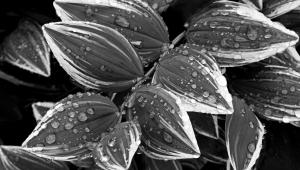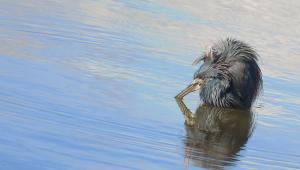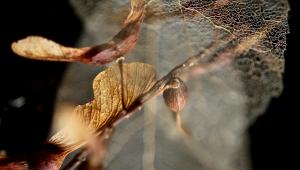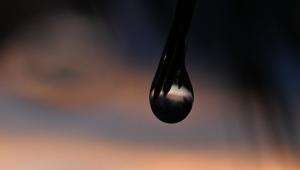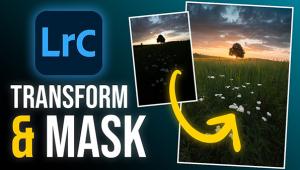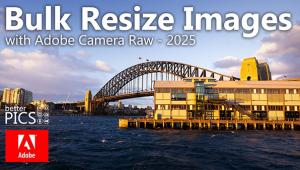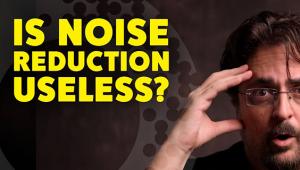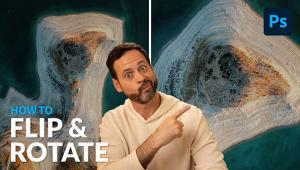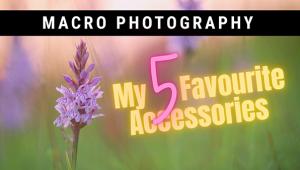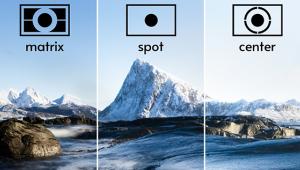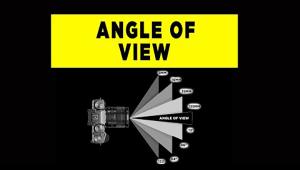Help!
Here Is A Quick Tip List On Letters
For The HELP! Desk:
Please confine yourself to only one question per letter. Both postal letters
and e-mails are fine, although we prefer e-mail as the most efficient form of
communication. Send your e-mail queries to editorial@shutterbug.com
with Help in the subject header and your return e-mail address at the end of
your message. Although we make every effort, we cannot promise to answer every
HELP! letter.
When sending a response or suggestion that refers to a published letter please
include the month and page of the original question.
All postal letters to HELP! must be accompanied by a stamped, self-addressed
envelope to be considered for reply. We will respond to e-mail queries with
an e-mail.
120 IR Film
In the November 2006 issue a reader questioned you about 120mm infrared film.
At one point in time you could buy re-spooled Kodak 70mm Aerographic film from
the following website: www.davidromano.com.
J. W. Hicks
Saint Louis, MO
Thanks for the information, but the reader asked about color infrared, which
has become practically impossible to obtain. I checked the website you mentioned
and found that this infrared film is black and white, which has been cut down
from 70mm perforated Kodak aerial film to fit onto a 120 spool. It costs $20
per roll with a minimum order of three rolls plus shipping and handling. Even
this film is in short supply--but it is a source.
Beseler 18" Lens Query
We received a number of responses about the 18" E.F. lens query in our
January 2007 issue. We thank readers for their prompt and courteous replies.
The current address of the company is Charles Beseler Company, Executive Office,
1560 N.W. Blvd., Vineland, NJ 08360; (800) 237-3537.
Re: the inquiry from Daniele about the Beseler 18" E.F. lens. Beseler
is still in business so they may be able to shed some light on this. I believe
that the lens is from an opaque projector or a Slide King projector which was
generally used for lantern slides, which were 3 1/4x4" in size. Beseler
made both types years ago and they also made an overhead projector. Daniele's
lens could have come from any of these.
Bert Freese
via Internet
When I was teaching about 40 years ago we used Beseler opaque projectors
and Beseler overhead projectors. From the description of this lens, I have a
hunch that it was one of the opaque projector lenses. Hope this helps solve
the mystery.
Dave Robinson
via Internet
Charles Beseler Company, in addition to enlargers, made a line of opaque
projectors that used a lens like the one described. They were about 5"
in diameter, in a plain tubular mount, and had no diaphragm.
Chris Lydle, CPC
via Internet
Color Temp Meter Reference
Re: Thomas E. Chipp's question about the Eastman Color Temperature Meter
in the January 2007 issue. Photography: Its Principles and Practice, by C.B.
Neblette, D. Van Nostrand Company, Inc., Fourth Edition (1942), mentions the
Eastman Color Temperature Meter (pg. 169) and gives the following brief description
of its operation: "...two images of the subject are seen, one through
a monochromatic filter, the other through a dichroic (two colored) filter. These
two fields are made to match by a wedge which controls the transmissions of
the two filters. The wedge is calibrated in color temperatures so that, when
the transmissions of the two filters have been equalized, the effective color
temperature of the source is indicated on the dial of the instrument."
The source cited for this information is Lowry and Weaver, Journal of the Society
of Motion Picture Engineers, Vol. 32, pg. 298 (1939), which would seem to support
your speculation that this device might have been used for motion pictures rather
than still photography.
Bob Fann
via Internet
One reader contacted me who has the meter, and instruction book, and I put him
in touch with Mr. Chipp so he could obtain a copy of the book. As you indicated,
it would seem that this device was intended for the motion picture industry.
I do appreciate your looking this up and forwarding the reference to me.
AF And Diopter?
I read the letter to the Help column in the January 2007 issue about autofocus
issues after a Maxxum camera was cleaned. My guess is that the reader accidentally
moved the diopter adjustment on the camera's viewfinder. Of course, if
the camera doesn't have a way to adjust diopter, my theory is bogus. Then,
I'd suspect the eye-tracking section. Just my two cents.
Larry Cdebaca
via Internet
Early Maxxum SLR cameras included a 5000 (1986), a 5000i ('89), a 5xi
('92), then in '94, a 500si. Many Maxxum models have a diopter adjustment.
The 5xi has both a grip and eyepiece sensor that starts the automation as the
camera is gripped and held up to the eye. This should not, however, affect the
focus. I trust that the reader was able to get the problem resolved, possibly
by having the dealer who originally worked on it check into the focusing problem.
We do appreciate your suggestion, which would make sense if the camera had a
diopter adjustment.

